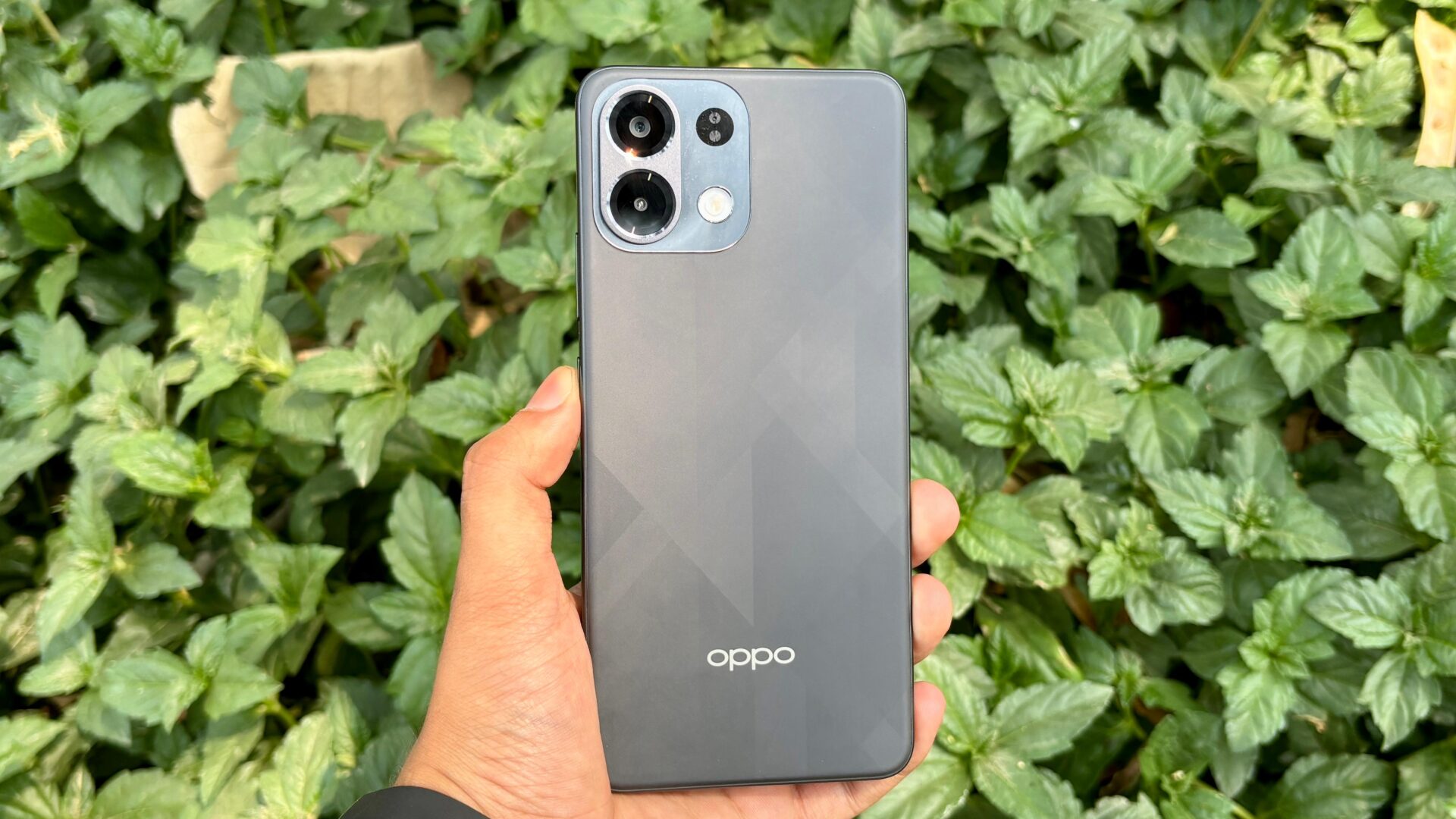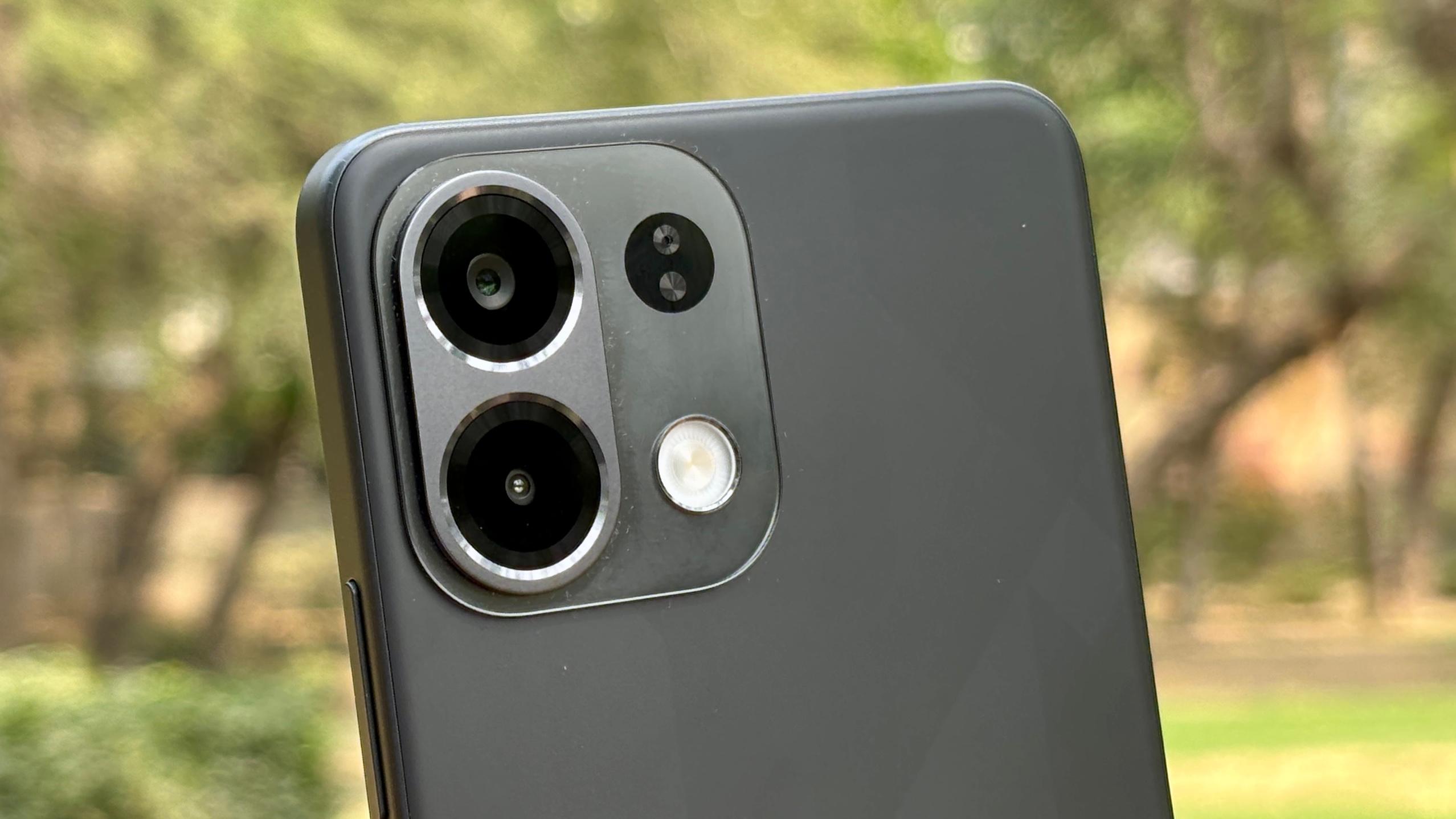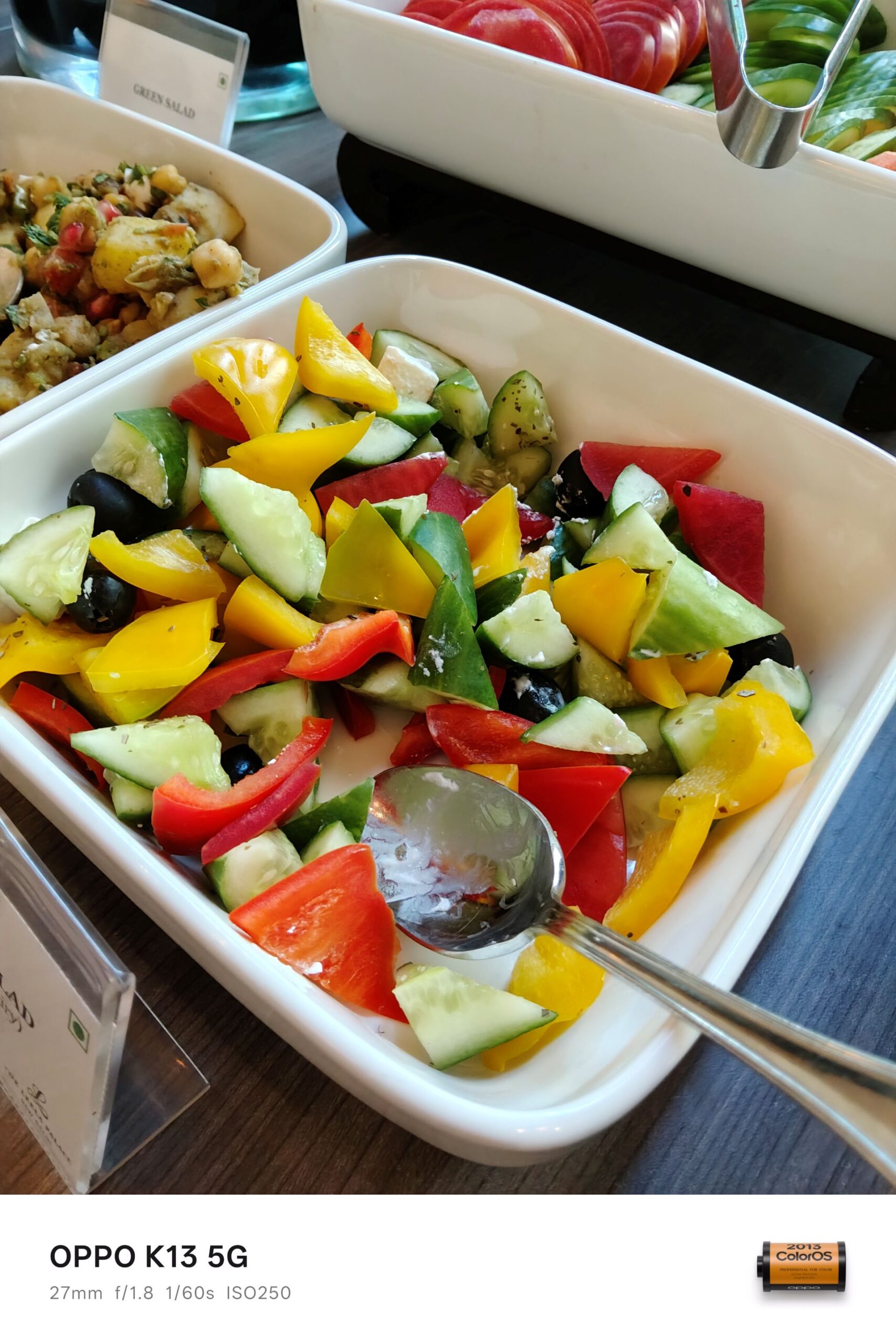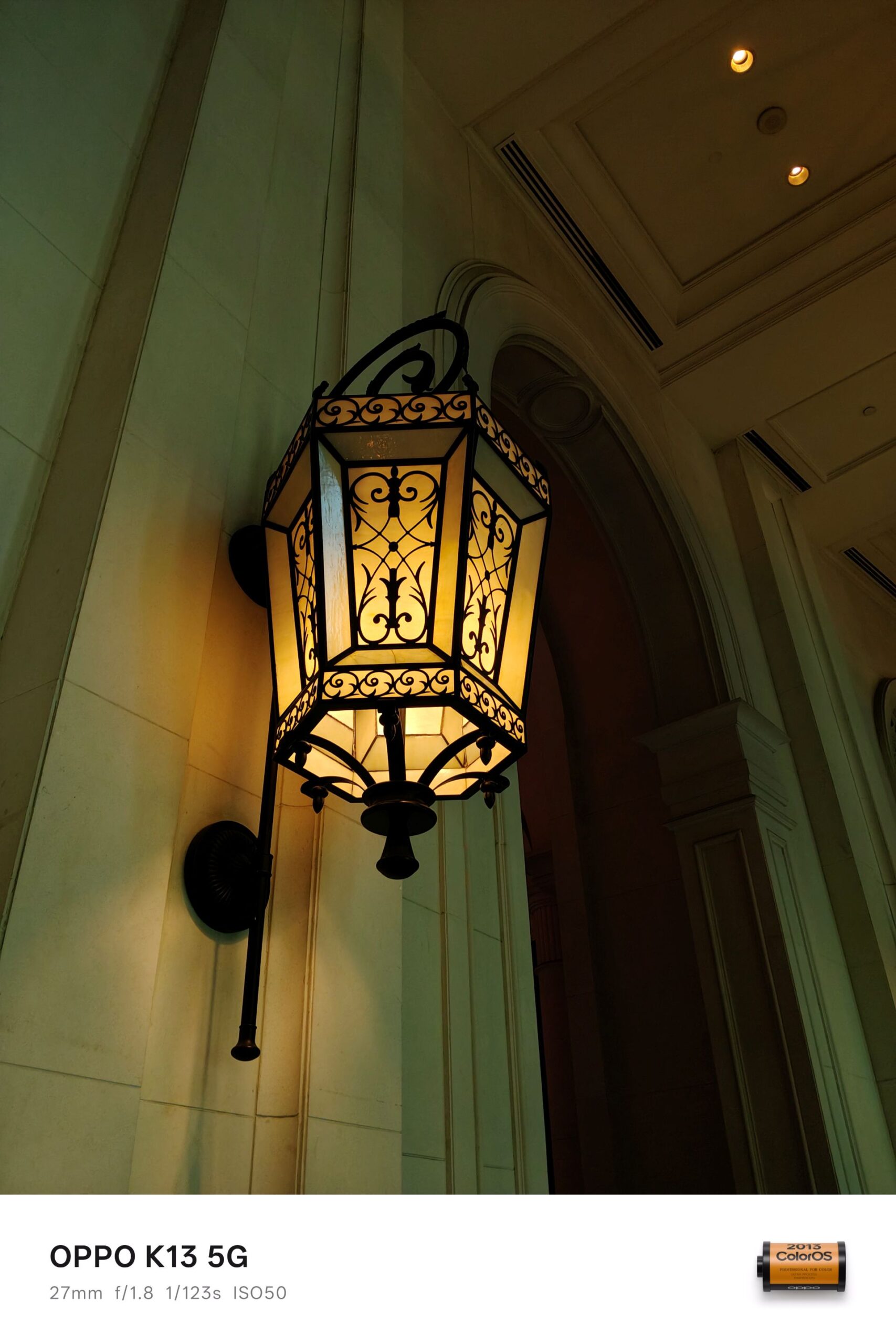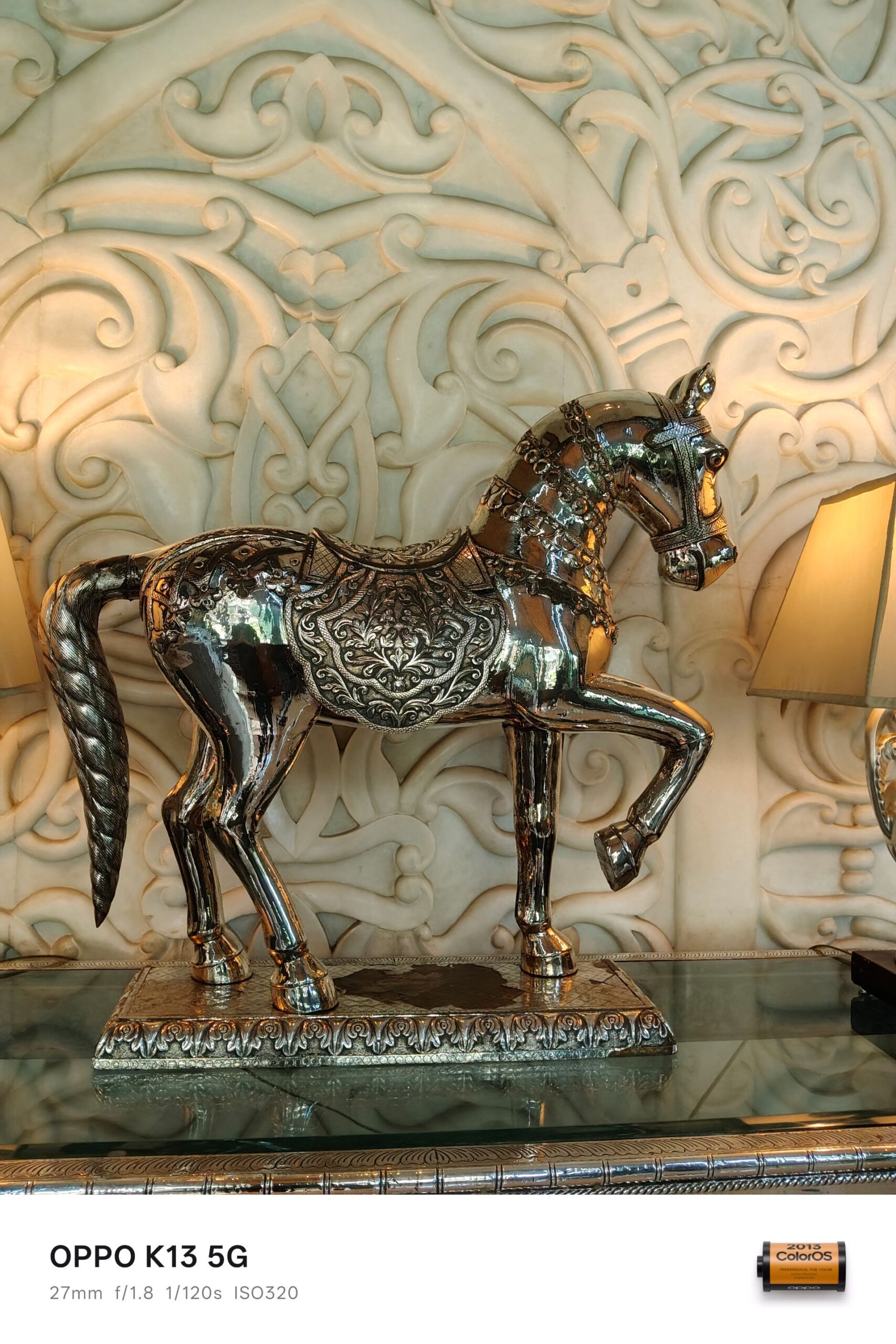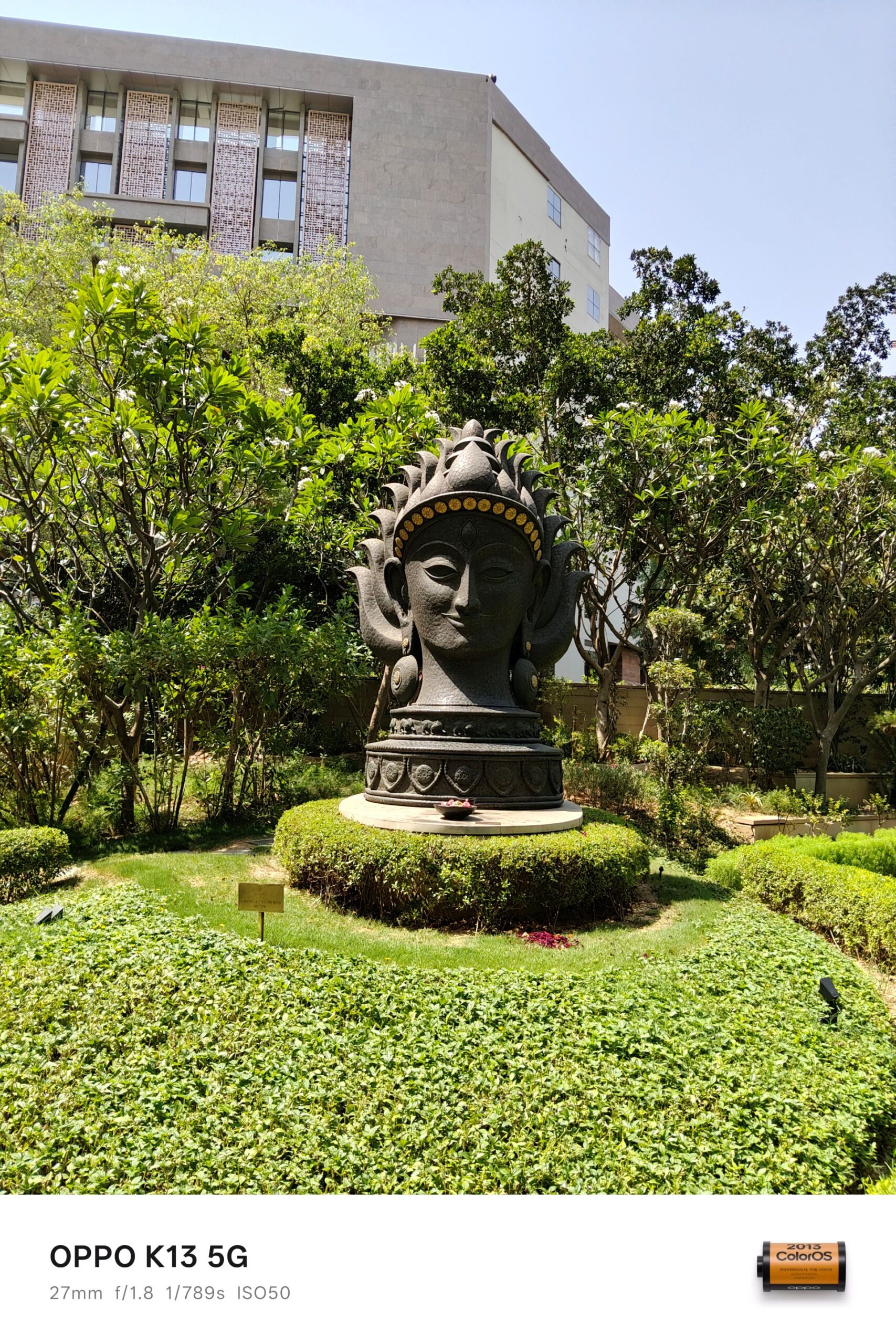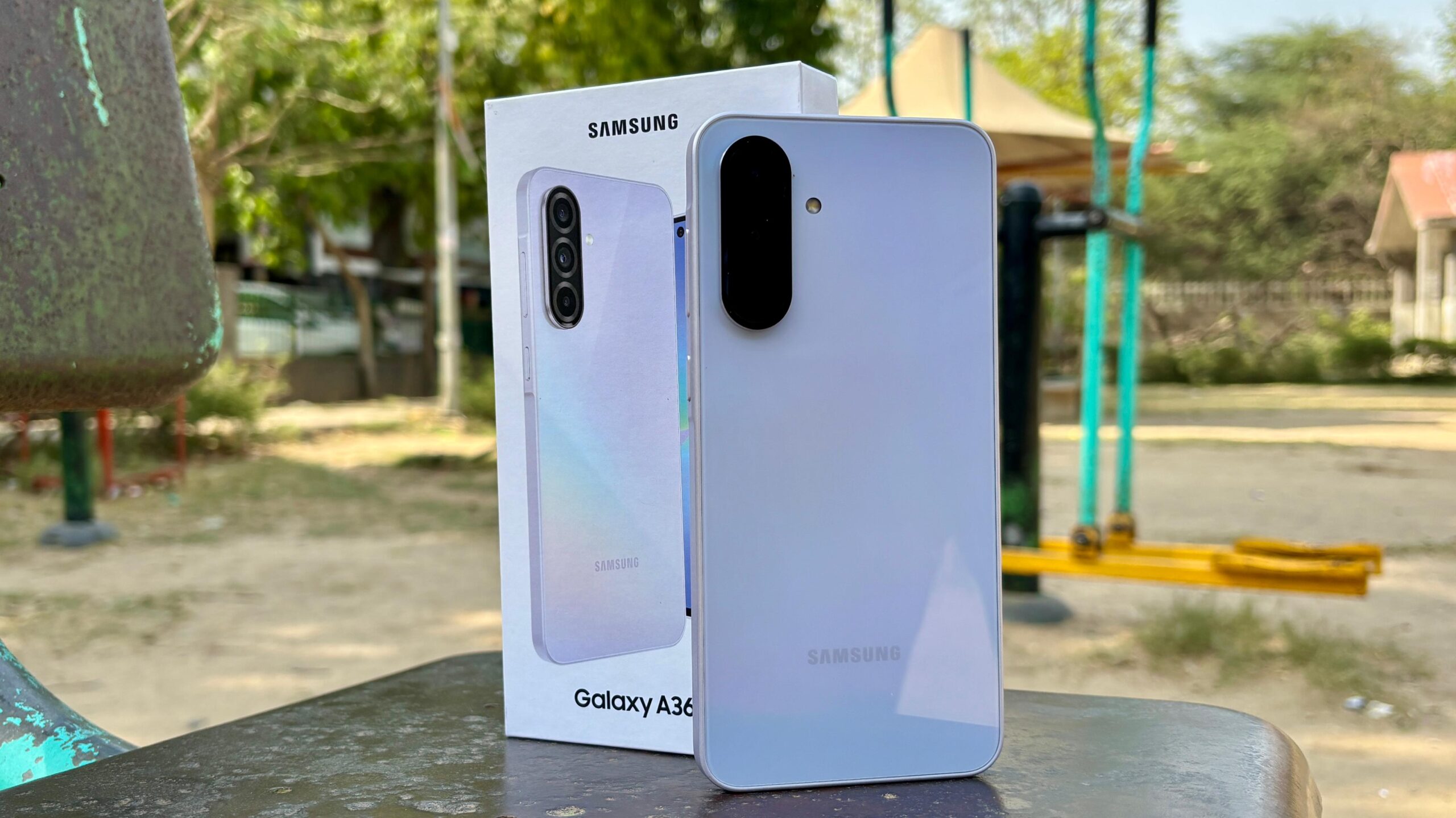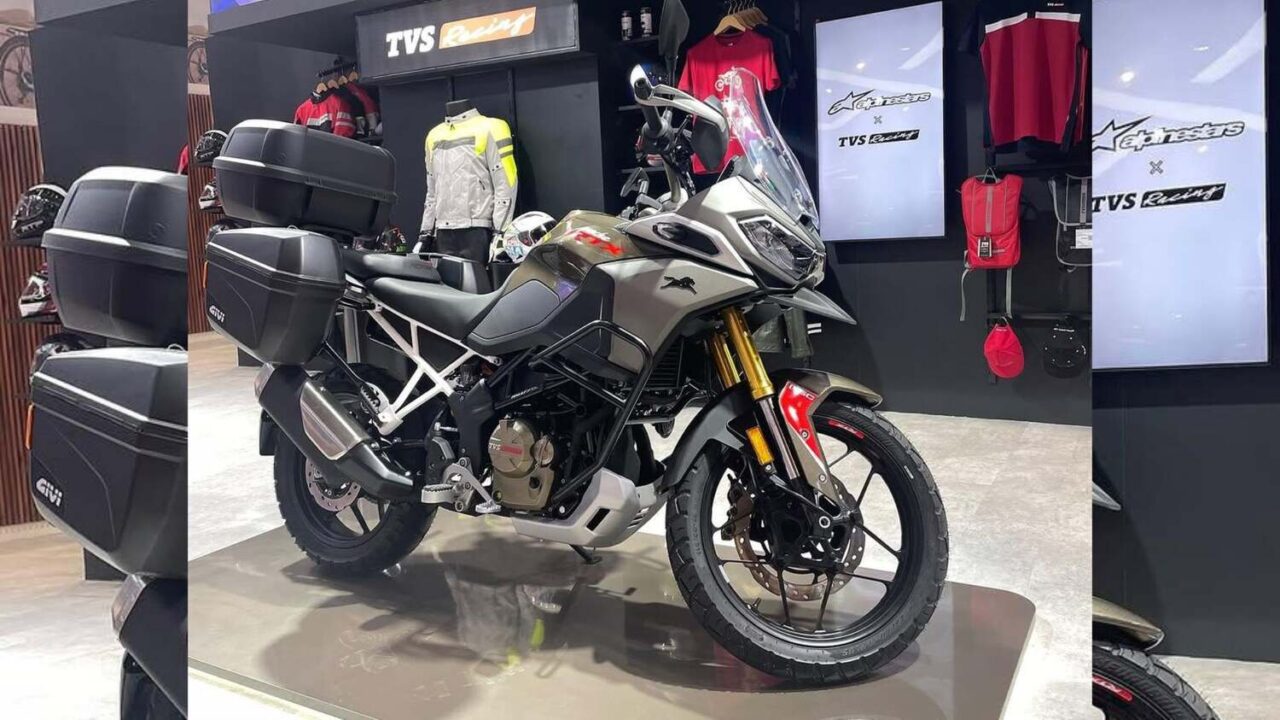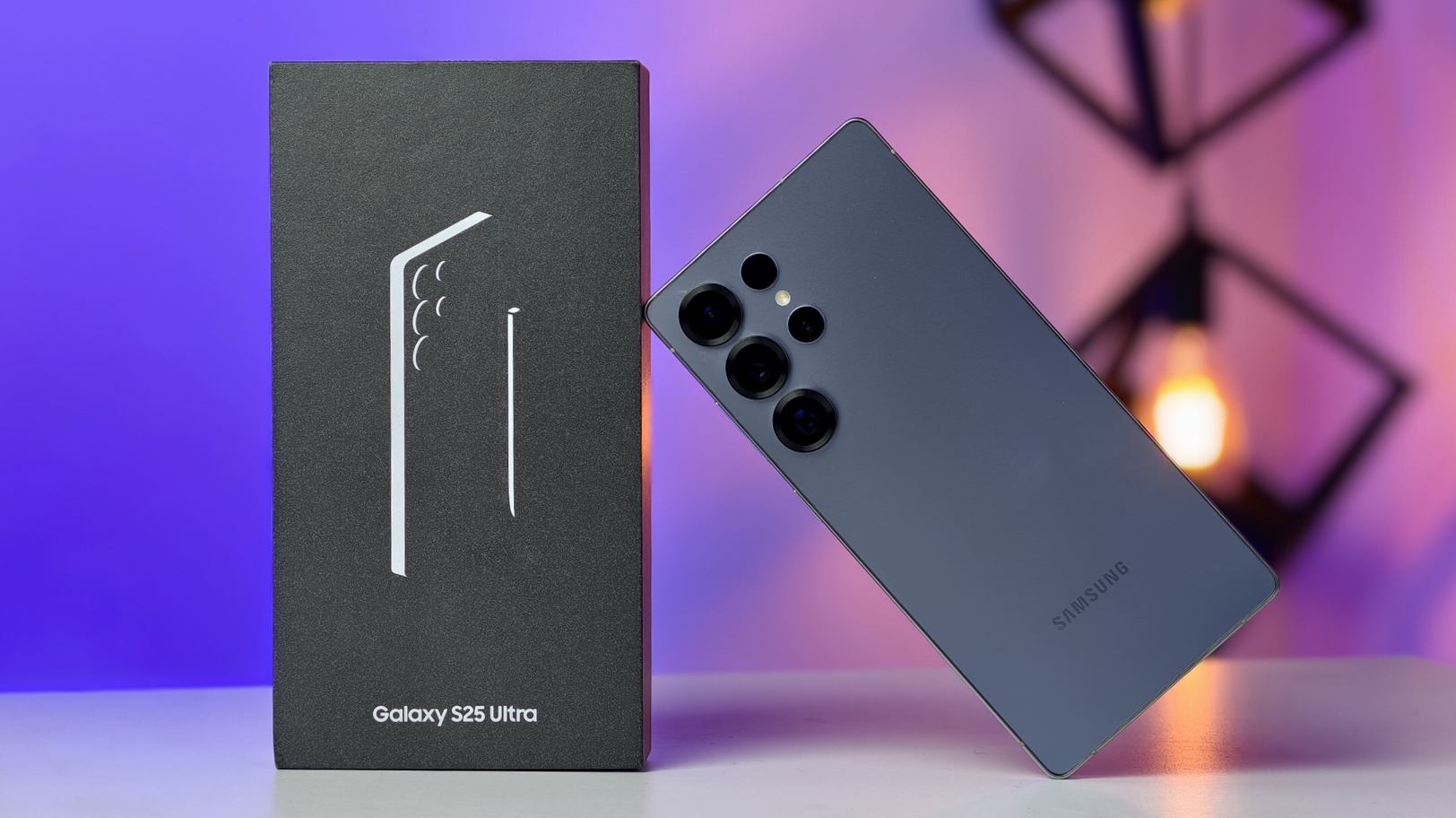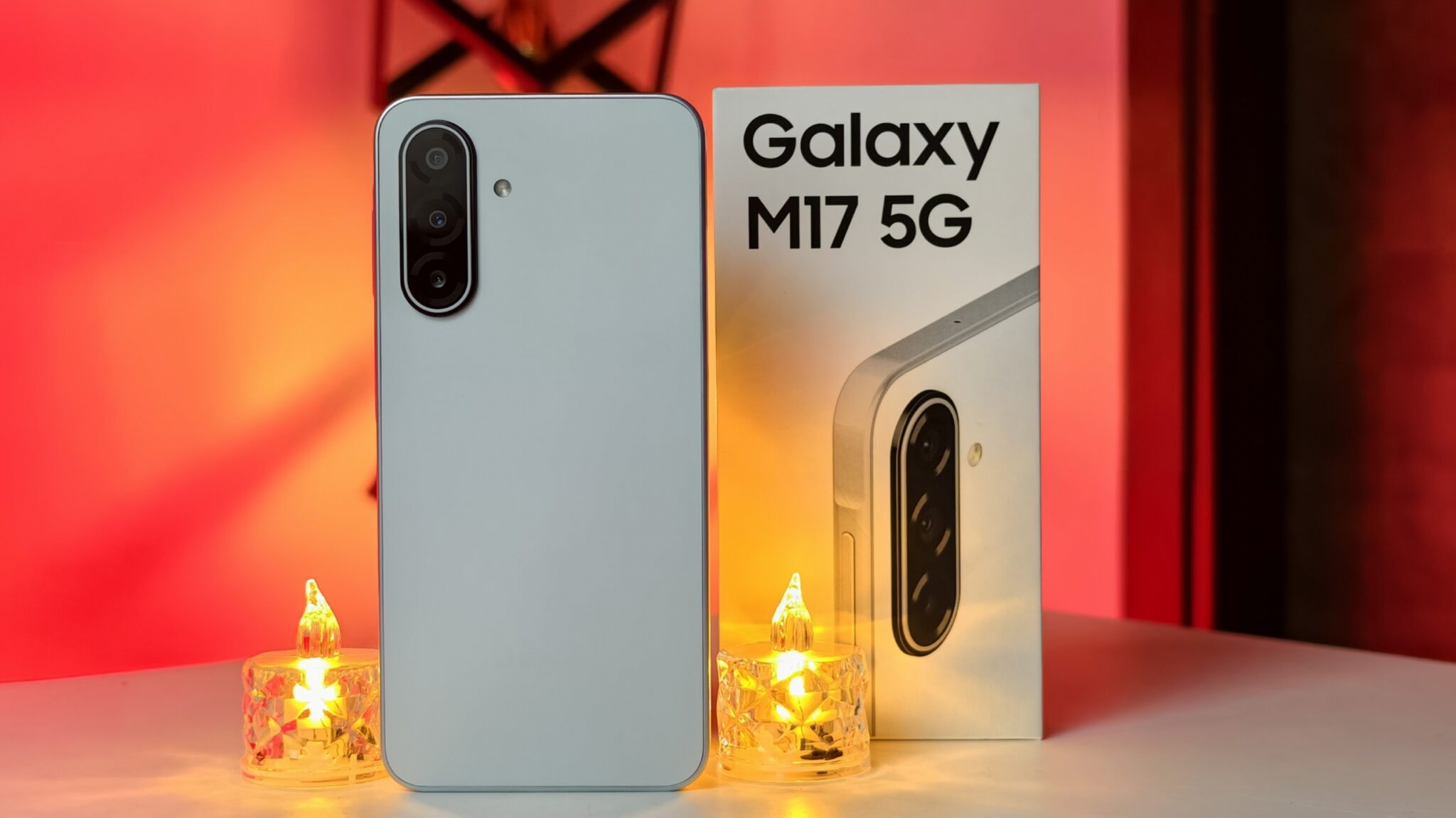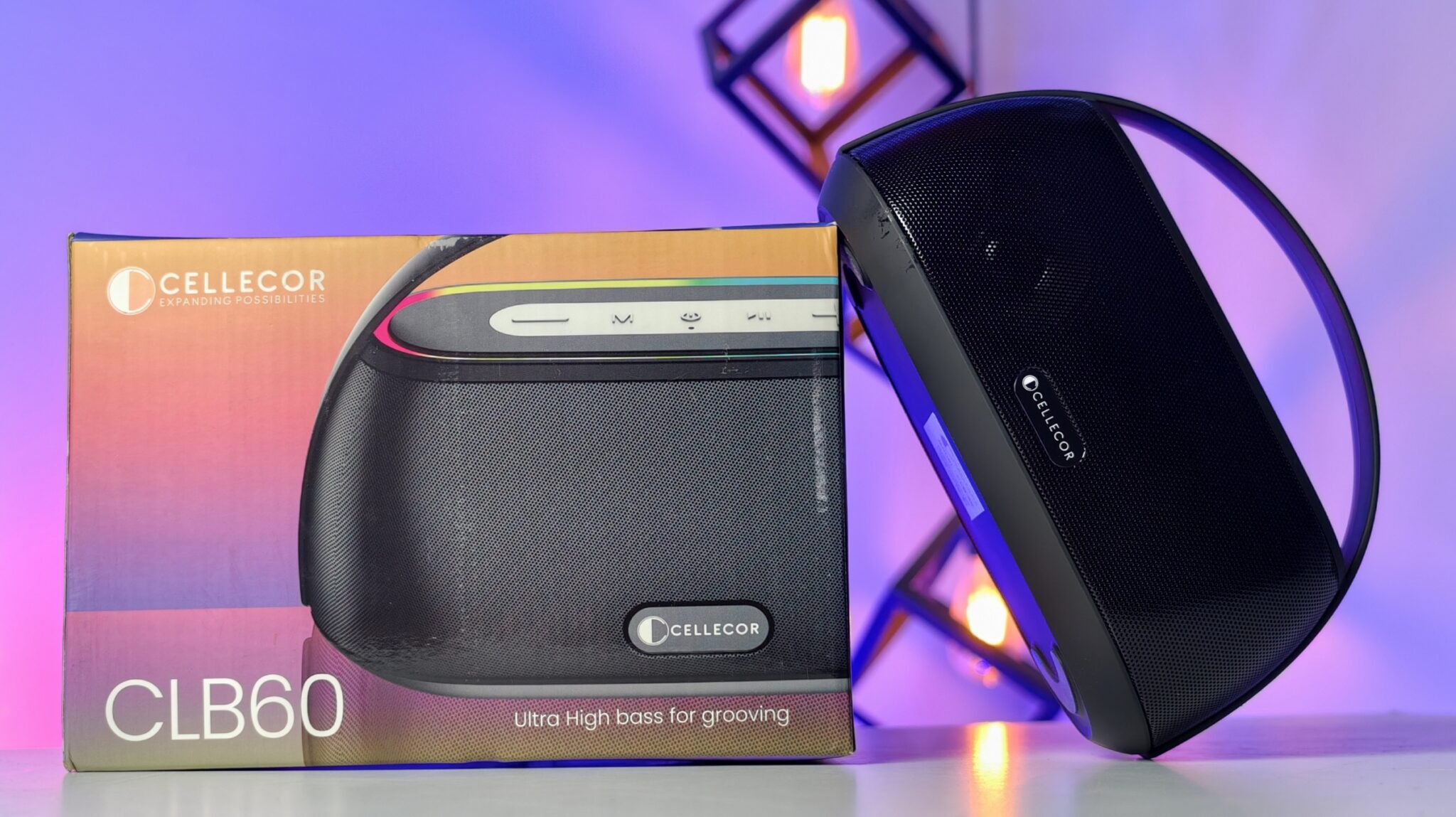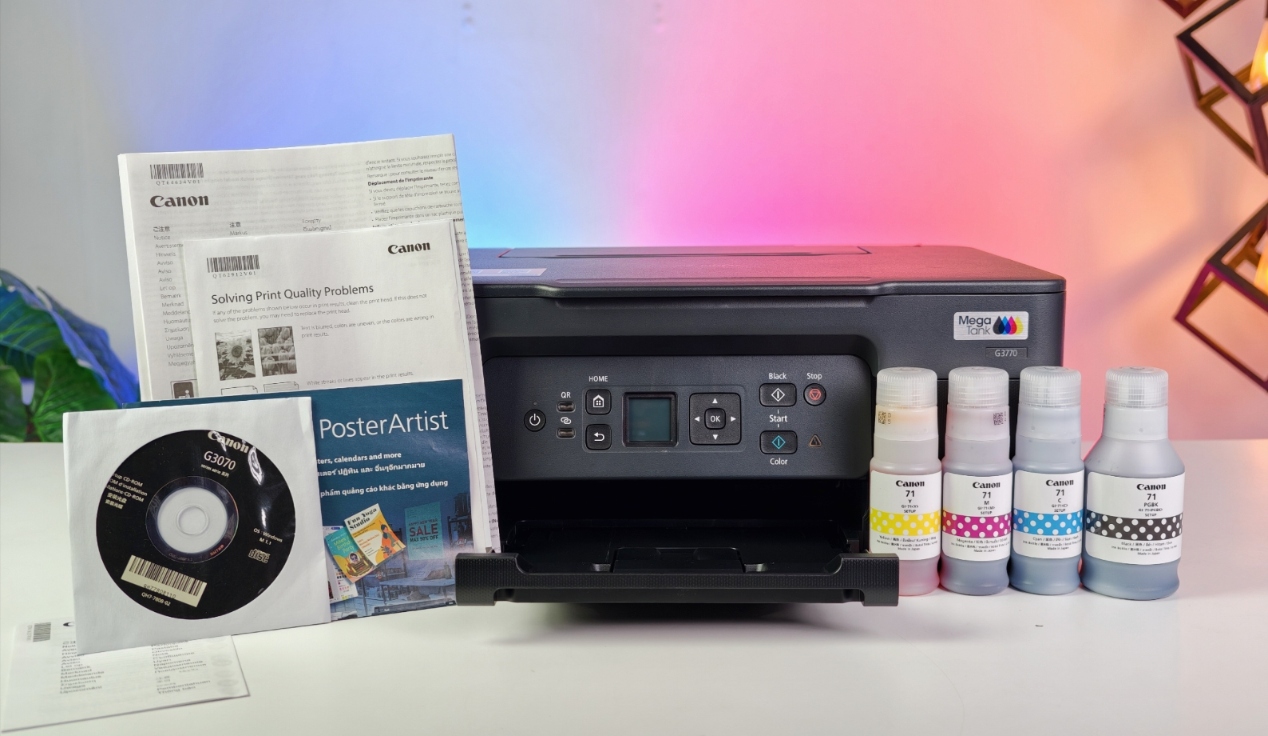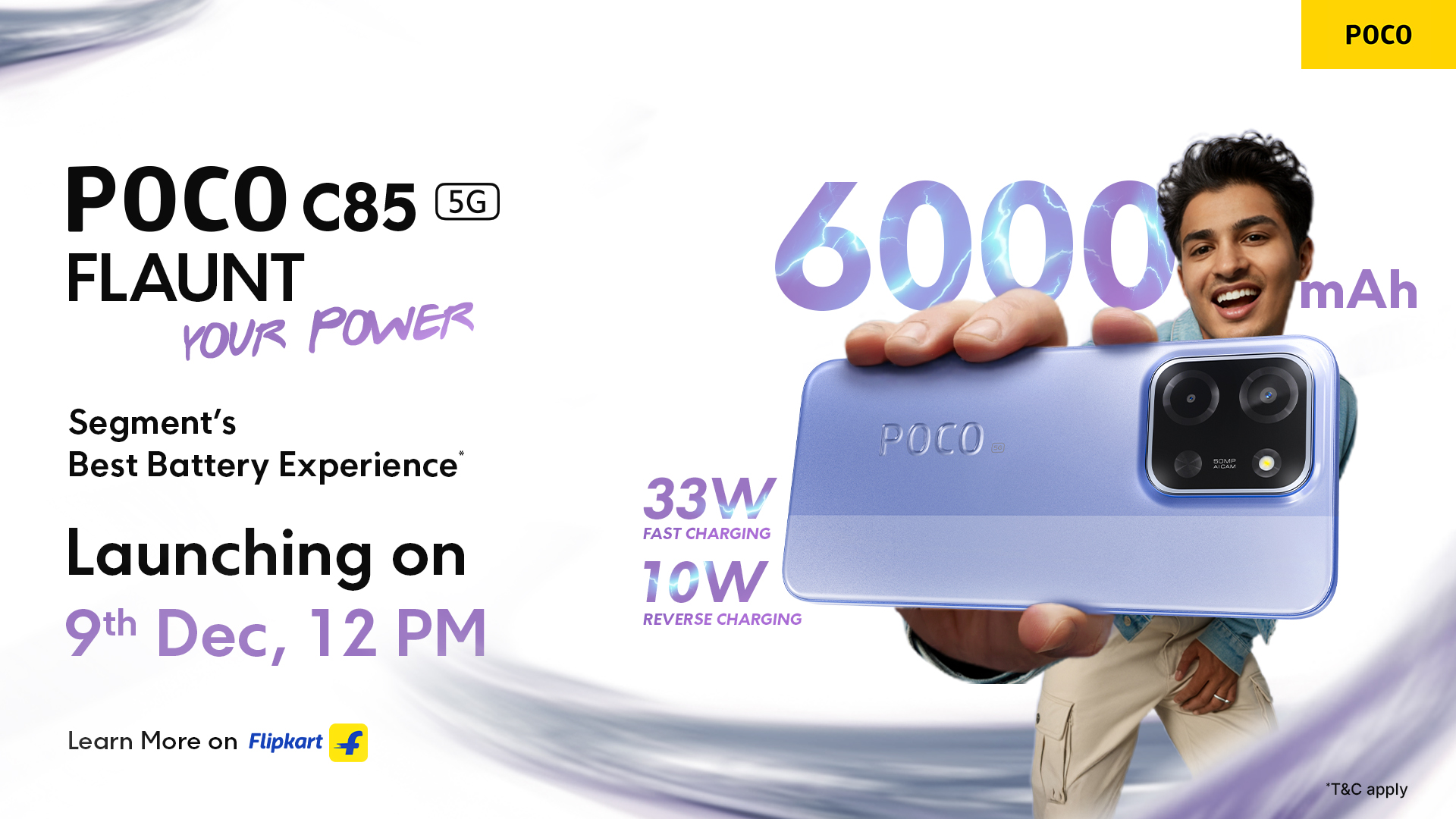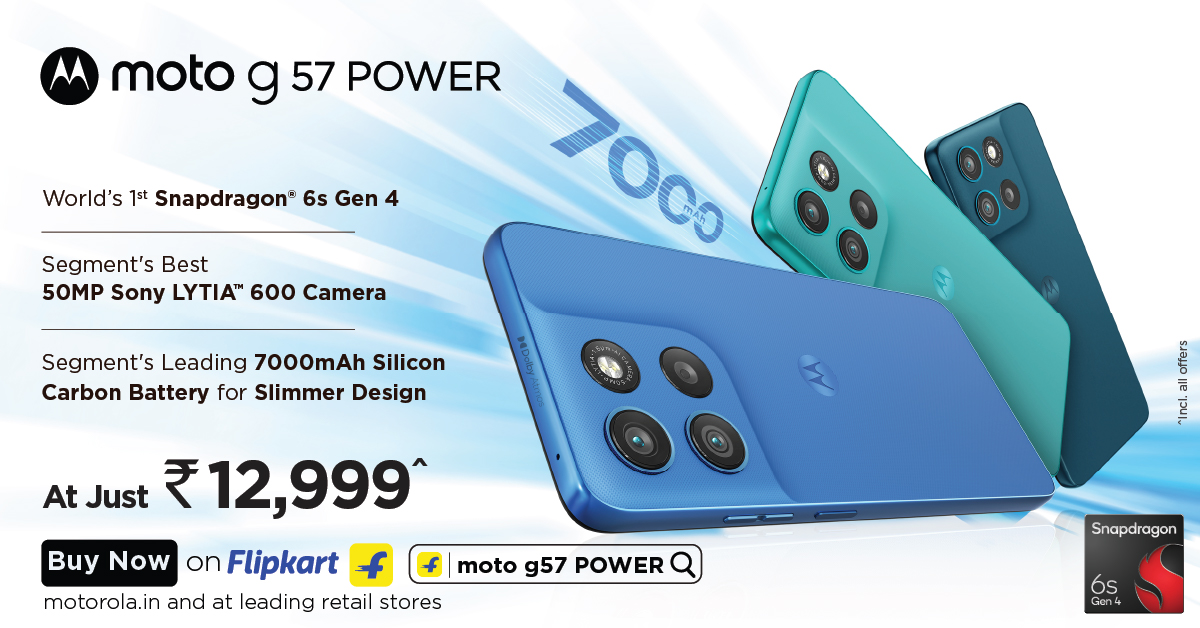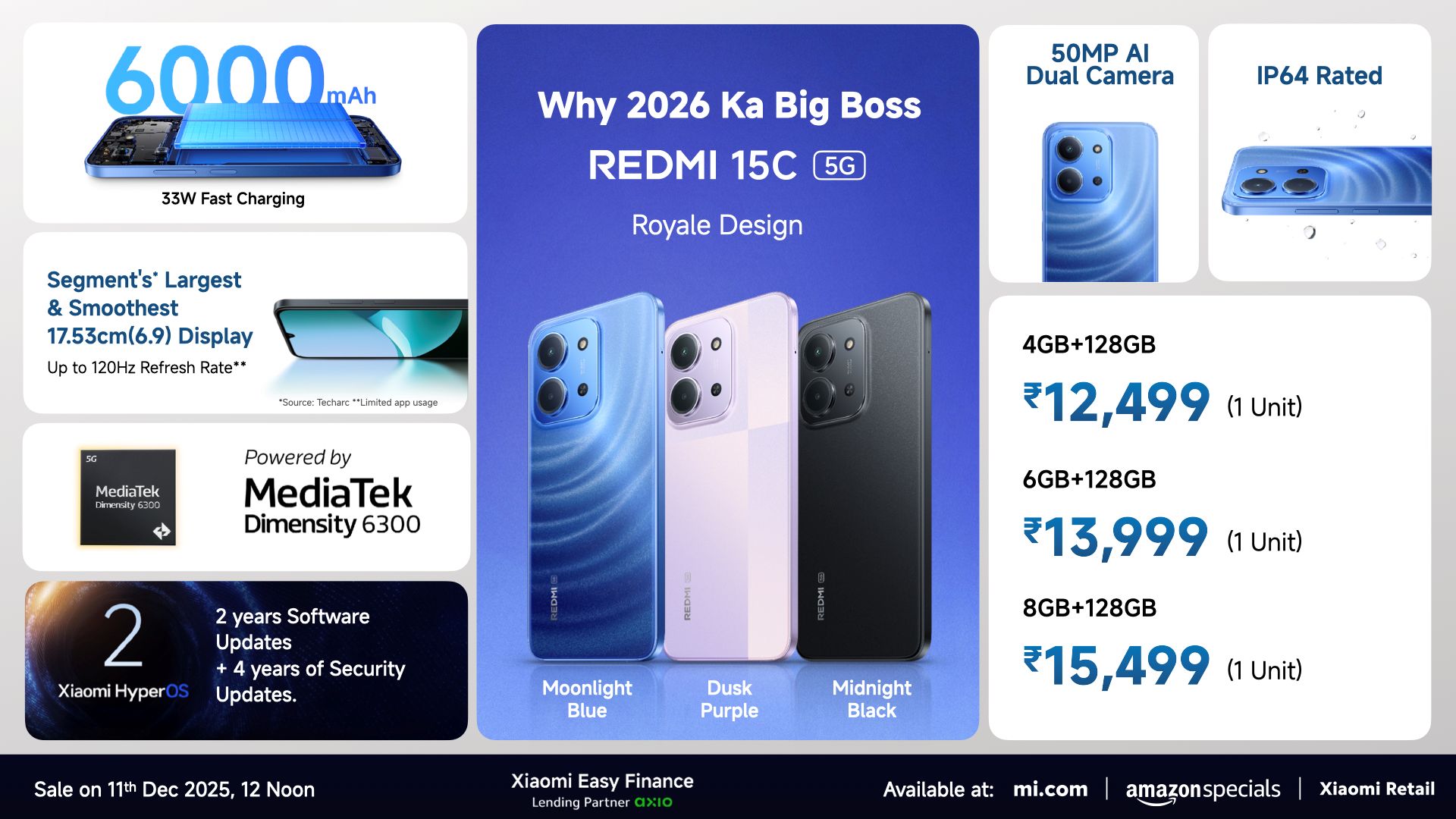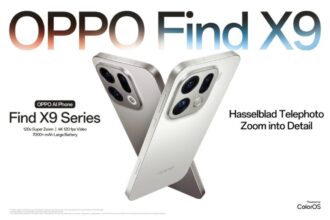The day finally arrived when this new powerhouse phone, the Oppo K13, landed in my hands. I’ve been using this phone for the past few days, and honestly, my experience with the Oppo K13 has been quite enjoyable. With so many phones in the market, it’s easy to get confused, but the Oppo K13 offered some things that really caught my eye, and now that I’m using it, I can tell whether my decision to get the Oppo K13 was right or not.
- Oppo K13 (First Impressions, Build Quality)
- Oppo K13 (Display Performance)
- Oppo K13 (Chipset, CPU, GPU, RAM, Storage, OS, UI)
- Oppo K13 (Main, Depth, Selfie, Video)
- Oppo K13 (Battery Life, Charging)
- Oppo K13 (Speakers, 3.5mm Jack, Bluetooth, Wi-Fi, NFC, IR Blaster)
- Oppo K13 (Fingerprint, Circle to Search, IP Rating again)
- Finally: My Conclusion on the Oppo K13
I remember when I started doing my research. The budget was tight, but I didn’t want to compromise on performance, battery, or camera. I watched many reviews, compared specs, and finally, my gaze settled on the Oppo K13. The numbers on its spec sheet looked quite impressive, especially concerning the battery and display. But reading specs on paper is one thing and experiencing them practically is another. So, let me tell you, step-by-step, what my journey with the Oppo K13 has been like.
Oppo K13 (First Impressions, Build Quality)
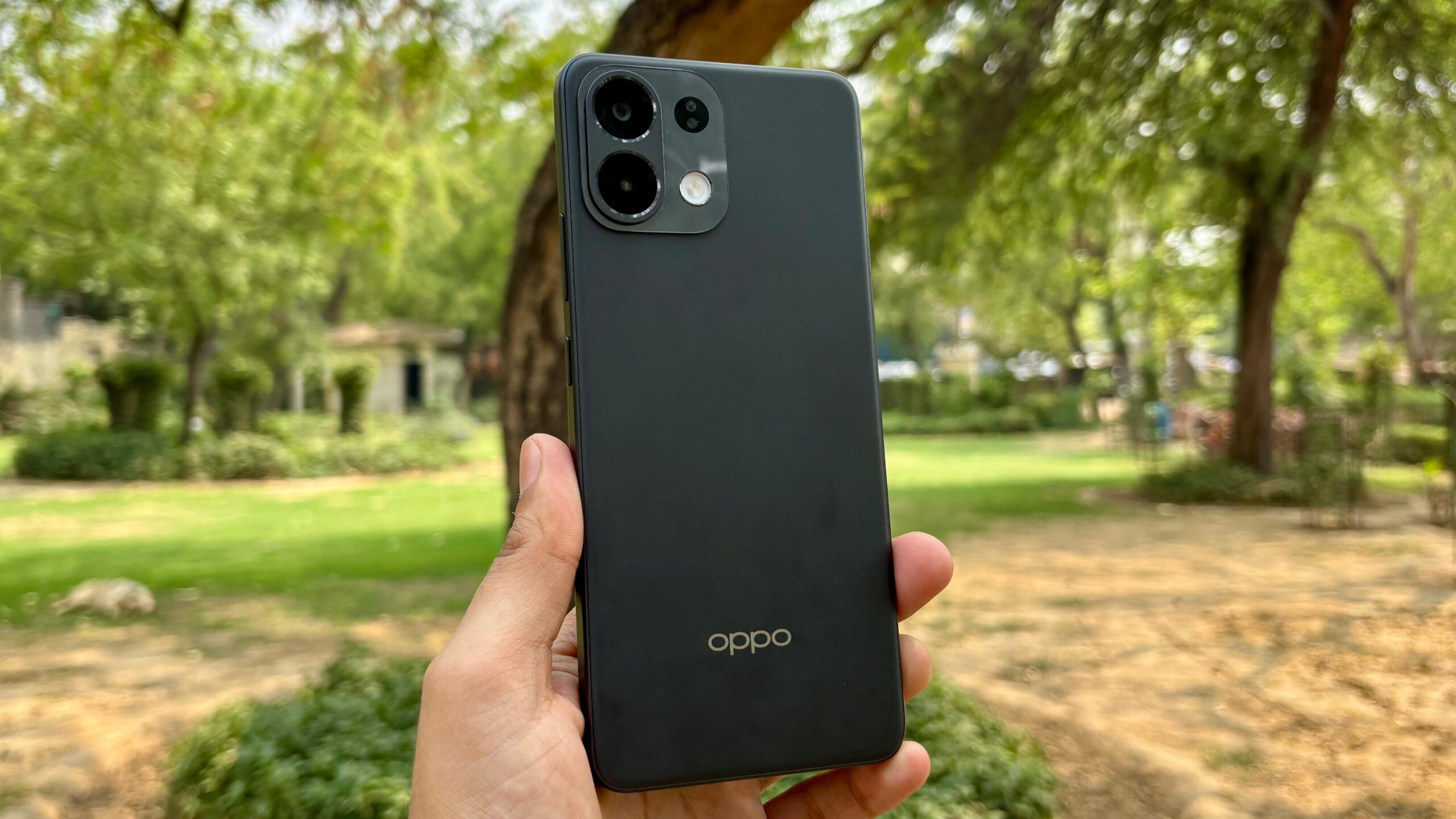
The excitement of opening the box the day the Oppo K13 was delivered was something else. The box was quite simple and neat. Inside, the Oppo K13 was placed neatly, and along with it were that big 80W charger and cable, about which I had heard a lot. Documentation and a basic cover for the Oppo K13 were also found in the box. In terms of accessories, the company hasn’t been stingy, which is a good thing.
When I first held the Oppo K13 in my hand, the initial thought was – “Hmm, it’s a bit heavy.” The specs mention its weight as 208g, and you can feel it on the Oppo K13. My old phone was a bit lighter, so it took a little time to adjust to the weight of the Oppo K13 in the beginning. But I felt that the extra weight is perhaps due to its solid build quality and the large battery, which is understandable. The build quality of the Oppo K13 feels quite solid. The side rails and the back panel have a premium finish. Holding the phone gives a sense of robustness, which is good.
The dimensions of the Oppo K13 are 163.2 x 76.1 x 8.5 mm. This is a large phone, no doubt about it. If you prefer small phones, perhaps the Oppo K13 might not be for you. But I like large phones that offer more screen real estate, so I had no problem with this size. Single-hand use is a bit difficult on the Oppo K13, especially reaching the top corners, but for that, there are gesture shortcuts available nowadays.
Oppo K13 (Display Performance)
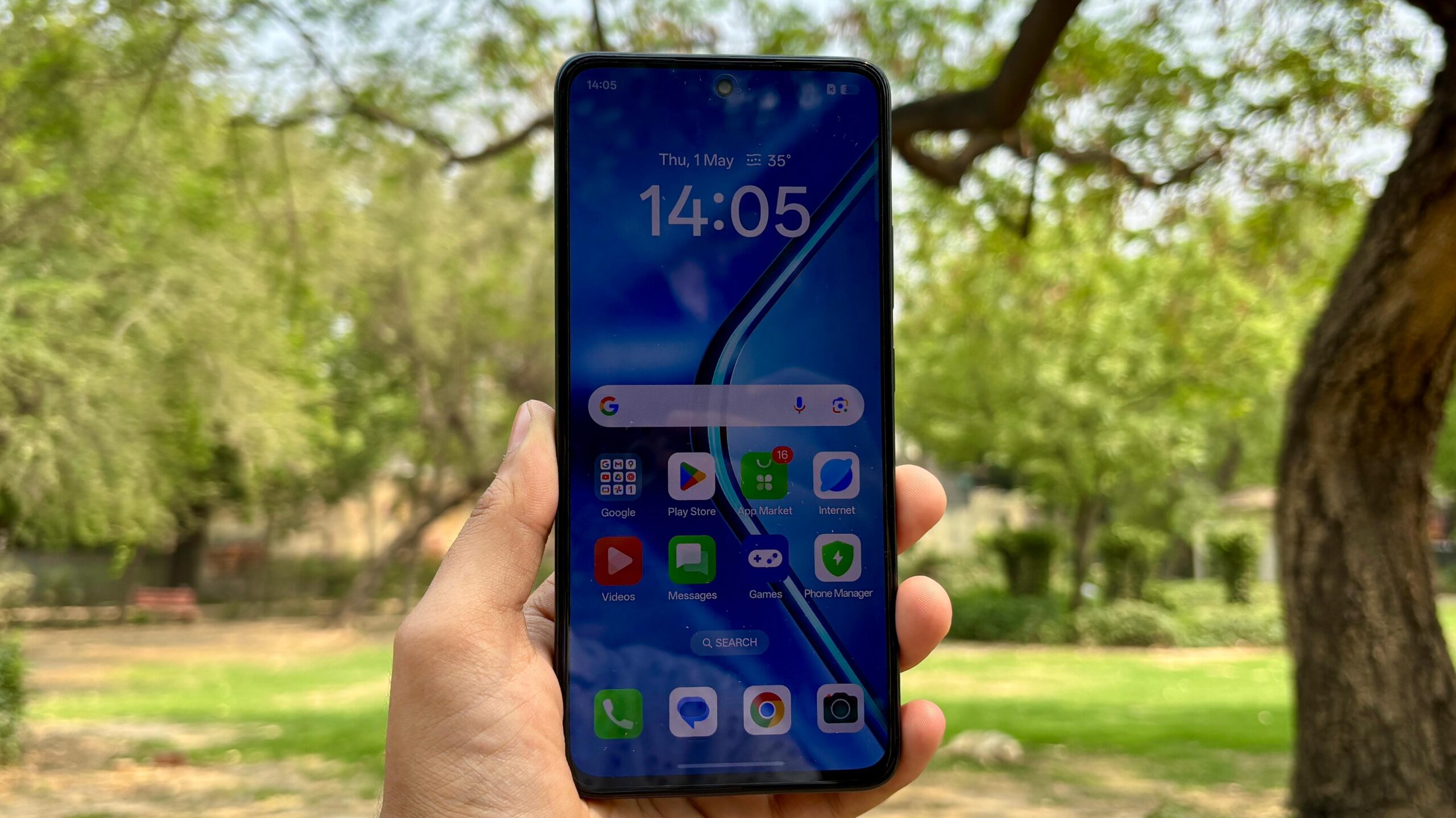
The display of the Oppo K13! Ah, the display is a highlight of this phone, no doubt about it. It’s an AMOLED panel with a 120Hz refresh rate. The biggest advantage of having an AMOLED screen on the Oppo K13 is vibrant colors and deep blacks. Whenever I watch a video or look at photos on the Oppo K13, the colors look so punchy and vivid that it’s a joy to behold. Blacks are absolutely pitch black, which enhances the overall picture quality on the Oppo K13’s screen.
The display size of the Oppo K13 is 6.67 inches, which is perfect for watching videos, playing games, or multitasking. The screen-to-body ratio is also quite good (~86.5%), meaning the bezels are slim, which makes the content consumption experience on the Oppo K13 immersive. The resolution is 1080 x 2400 pixels, which is Full HD+. At this size and resolution, the pixel density (~395 ppi) is quite sharp; text and images look clear on the Oppo K13. I never felt any pixelation, no matter how much I zoomed in.
Oppo K13 (Chipset, CPU, GPU, RAM, Storage, OS, UI)
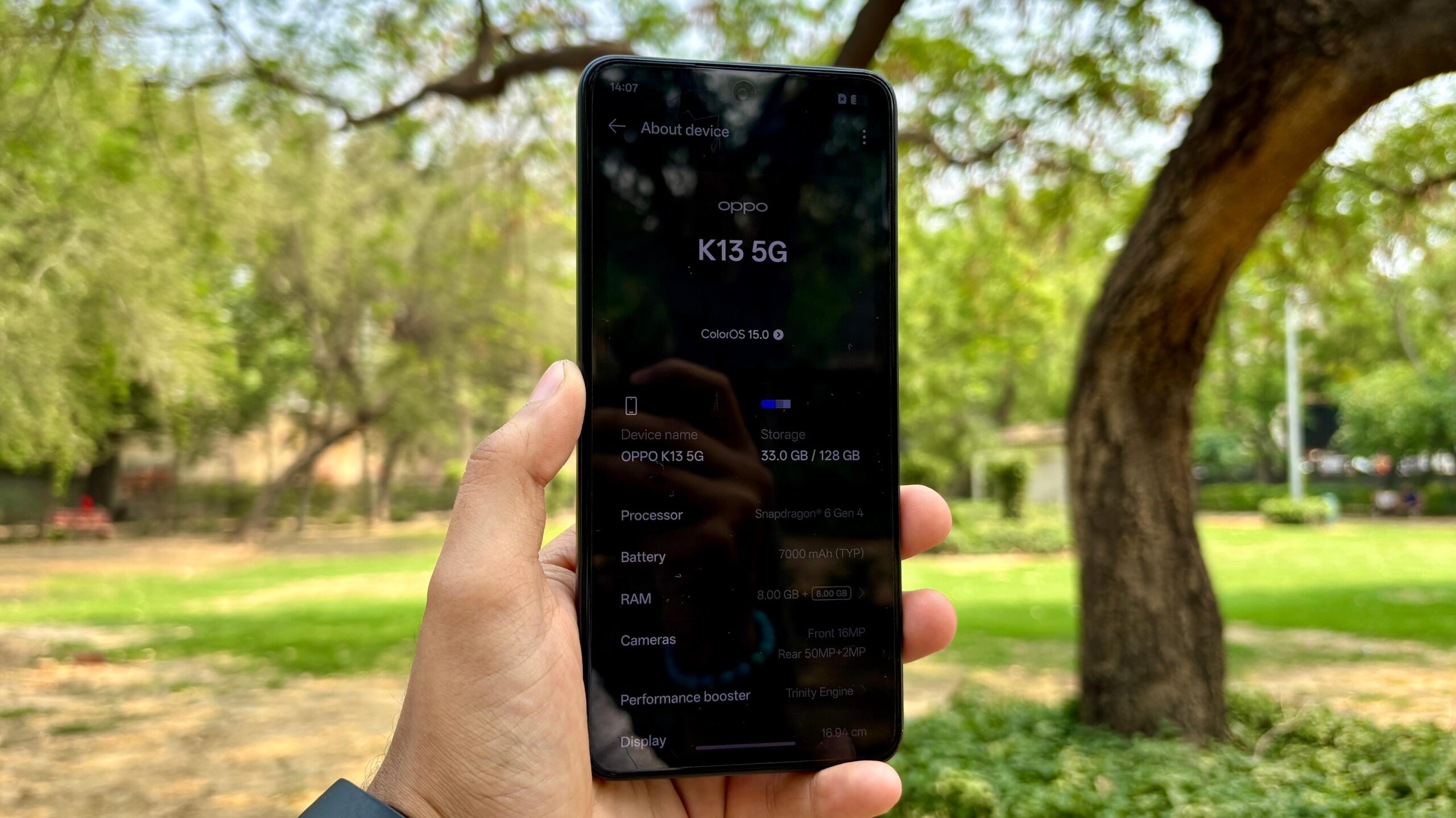
How is the performance of the Oppo K13? This question is the most important in any phone review. The Oppo K13 is equipped with the Qualcomm Snapdragon 6 Gen 4 chipset, which is based on a 4 nm fabrication process. This is a relatively new chip and falls into the mid-range segment. The CPU is Octa-core with a mix of power-efficient and high-performance cores. The GPU is Adreno 810.
Talking about software, the Oppo K13 launched with Android 15, which is the latest. It has the ColorOS 15 skin on top. ColorOS on the Oppo K13 is a feature-rich UI, offering many customization options and useful features. Initially, if you are used to stock Android, it might feel a little different, but after using it for a few days, you will start to like it. The animations are smooth, and the UI is responsive on the Oppo K13. I found features like floating windows, split screen, and gesture navigations very useful. The company has promised that the Oppo K13 will receive two major Android updates, and security updates will also arrive regularly, which is a good assurance for long-term usage. The new features that came with Android 15 are also quite seamless to experience on the Oppo K13. There is a bit of bloatware, but most apps can be uninstalled, which is a relief.
How is the camera performance of the Oppo K13? This is a very big deciding factor these days. The Oppo K13 has a dual rear camera setup: a 50 MP main sensor and a 2 MP depth sensor. For selfies, there is a 16 MP camera on the front of the Oppo K13.
Low light performance on the Oppo K13 is decent. There is a dedicated night mode that boosts brightness and brings out some detail, but you cannot expect the clarity and low noise levels of high-end phones. Sometimes there is a little softness in low light photos from the Oppo K13. But if the lighting conditions are decent, good low light photos can also be clicked.
The 2 MP depth sensor on the Oppo K13 is mainly for portrait shots. The edge detection in portrait mode is quite good; the distinction between the subject and the background blur remains clear. The blur effect also looks natural. This depth sensor is not as versatile as a dedicated macro or ultrawide lens, but it does its job well in portrait mode on the Oppo K13. Personally, I would have preferred an ultrawide lens, but that’s okay, I have to work with what’s given.
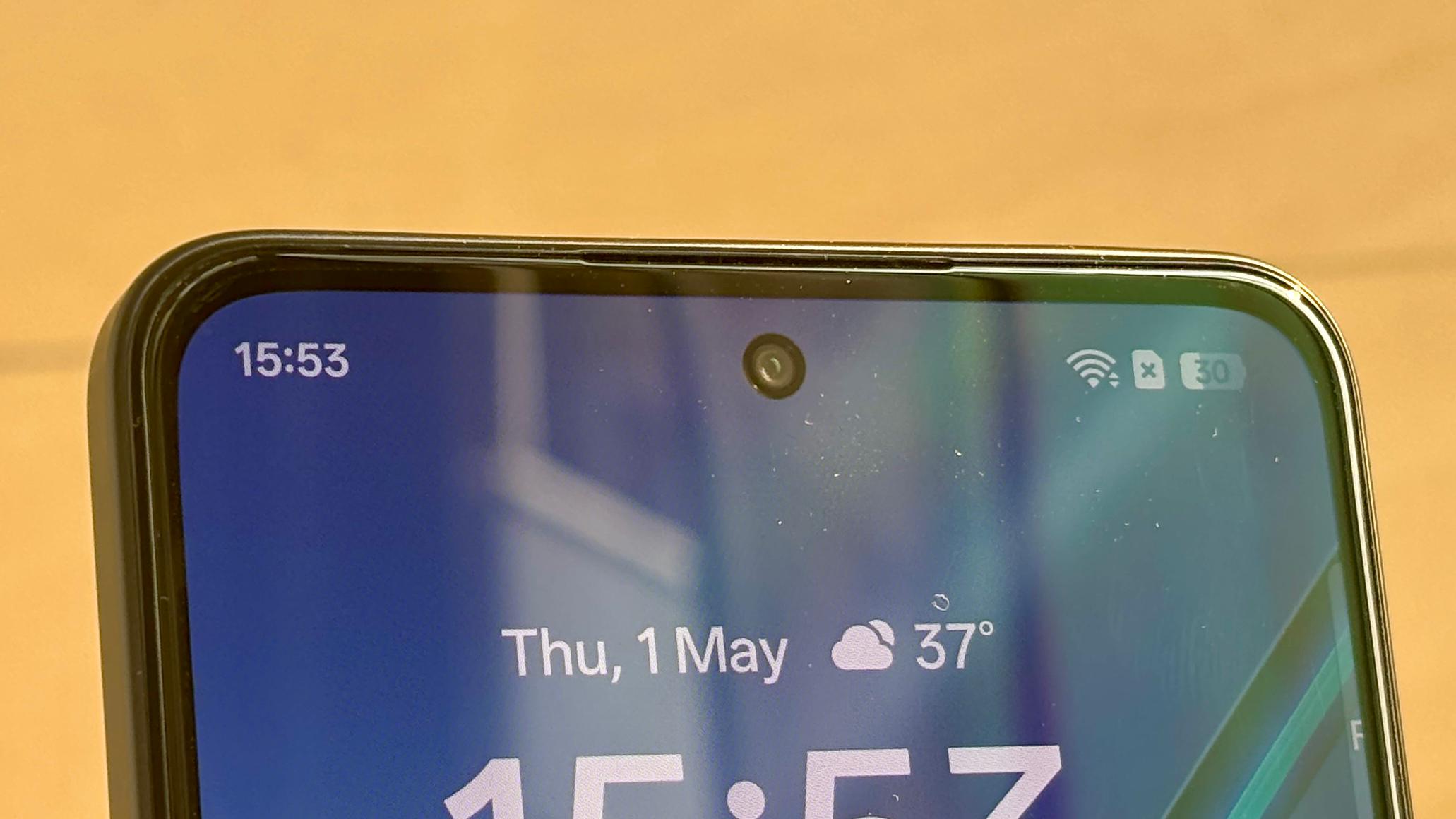
Talking about the selfie camera, the 16 MP sensor on the Oppo K13 clicks good quality selfies. Colors are accurate, and facial details are retained. There are beauty filters, but I usually keep them minimal. The front camera quality is also quite good for video calls on the Oppo K13. Gyro-EIS is also available in the front camera, which makes selfie videos stable, helpful for vlogging or casual video recording.
Video recording options on the Oppo K13 are also quite a few. With the main camera, you can record video at 4K resolution at 30fps, and also at 1080p at 30/60/120fps. Gyro-EIS is available in the main camera as well, which adds stability to videos shot on the Oppo K13, especially when you are recording while walking. 4K videos come out quite sharp in daylight. 1080p at 120fps is useful for capturing slow-motion shots. Overall, the camera performance on the Oppo K13 is sufficient for daily social media sharing and casual photography. If you want to do professional photography, perhaps the Oppo K13 is not the phone for that, but for the average user, it’s absolutely fine.
Battery of the Oppo K13! This is the real champion of this phone. A 7000 mAh battery! When I saw this number on the spec sheet, I was impressed right then. And after using the Oppo K13, I can say that this battery life is even better than expectations. My usage is quite heavy – social media, emails, calls, some Browse, videos, and occasional gaming throughout the day. Even with this kind of usage, the Oppo K13 easily lasts a full day, and often 20-30% battery is still left by the end of the day.
I no longer have to worry about carrying a power bank, nor is there any tension about finding charging sockets in public places when I’m with my Oppo K13. Battery anxiety is completely gone. If you are a moderate user of the Oppo K13, I think this phone will easily last up to two days on a single charge. This huge battery capacity is a very big selling point of the Oppo K13 and is a game changer for people whose usage is heavy or who travel often.
And even when the battery does discharge, the charging speed of the Oppo K13 is quite fast. There is support for 80W wired charging. The charger is also included in the box with the Oppo K13, which is a good thing. Despite having a 7000 mAh battery, the Oppo K13 charges very quickly. I have noted the timing, and it charges from 0 to 50% in about 25-30 minutes, and reaching from 0 to 100% takes about 55-65 minutes. This speed is quite impressive for 80W, especially for such a large battery. If you forget to charge in a hurry in the morning, the Oppo K13 gets enough charge in a little while to last the day. This fast charging feature adds a lot of convenience to my life with the Oppo K13. There is no wireless charging support, but with such a large battery and fast wired charging, I didn’t feel its absence.
Oppo K13 (Speakers, 3.5mm Jack, Bluetooth, Wi-Fi, NFC, IR Blaster)
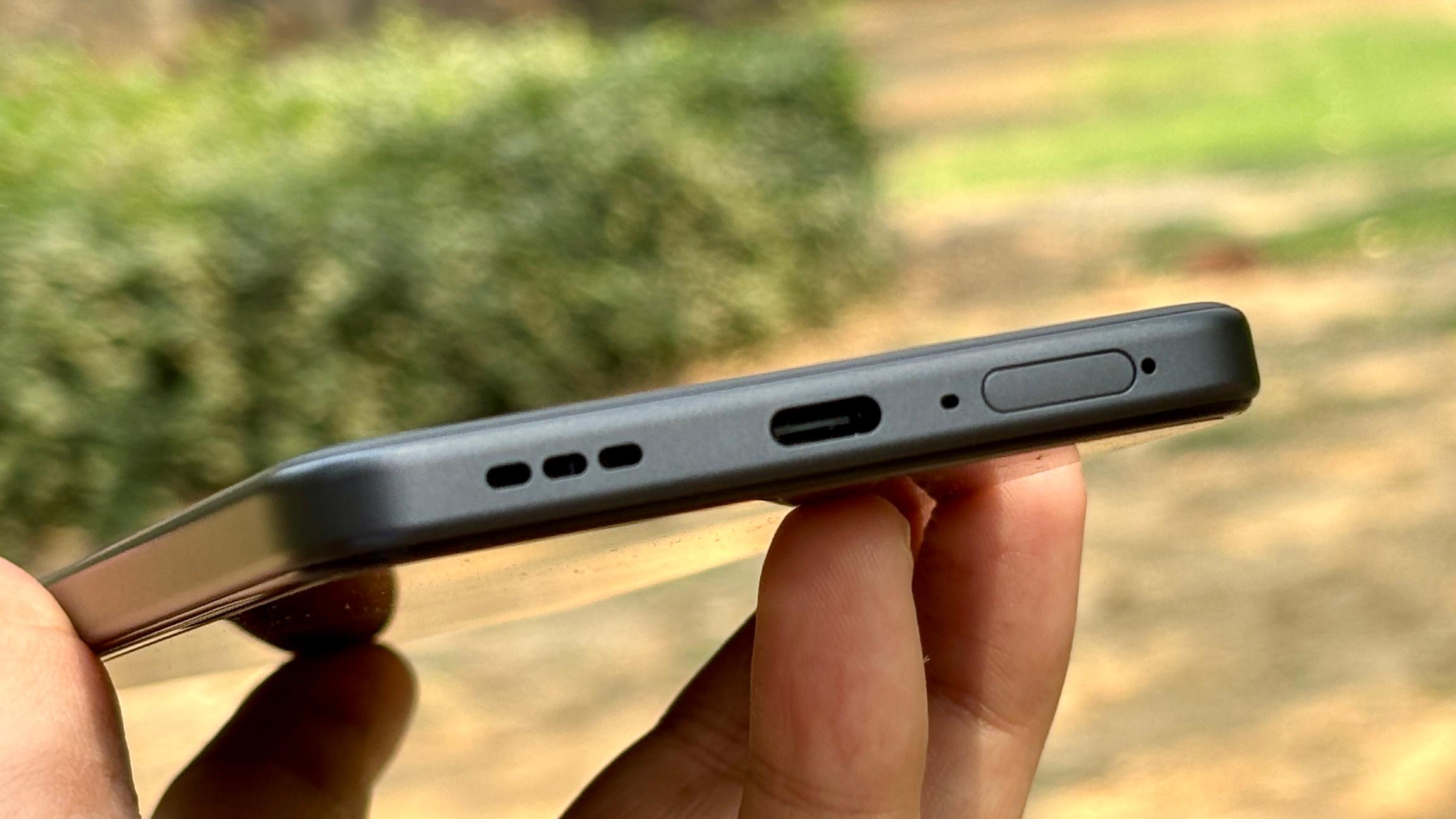
What is the audio quality like on the Oppo K13? The phone has stereo speakers, which is a positive point. Due to having stereo speakers, the sound output from the Oppo K13 feels louder and more immersive compared to phones with a single bottom-firing speaker. When I watch videos or listen to music on the Oppo K13’s speakers, the experience is good. Sound quality is clear, with less distortion even at high volumes.
Connectivity options on the Oppo K13 include Wi-Fi 6 support, which provides faster wireless speeds if you have a compatible router. Bluetooth version is 5.2, which pairs devices with stable connection and efficient power consumption. Support for multiple positioning systems like GPS, GALILEO, GLONASS, BDS, QZSS is there, making location lock fast and accurate on the Oppo K13.
One interesting feature that the Oppo K13 has and is rarely seen in phones these days is the Infrared port (IR Blaster). With this, you can use your Oppo K13 as a universal remote to control appliances like your TV, AC, set-top box. I have used it for my AC and TV, and it’s quite convenient, especially when you can’t find the remote! This is a small feature, but very useful on the Oppo K13.
Talking about other sensors on the Oppo K13, the fingerprint sensor is an under-display optical type. It is quite fast and accurate. Registering the fingerprint is easy, and the unlock speed is also impressive. Sometimes there is a little difficulty with wet hands, but with dry fingers, the Oppo K13 unlocks almost instantly. The look of the under-display sensor also feels premium. Standard sensors like accelerometer, gyro, proximity, compass are also present on the Oppo K13 which are necessary for the phone’s functions.
I have already talked about the IP65 rating of the Oppo K13, but I would like to emphasize its practical utility again. It helps protect your phone from daily accidents like water splashes or dust, which increases the phone’s durability.
There is a USB Type-C port on the Oppo K13, which is standard for charging and data transfer. The speed is USB 2.0, which is decent but not as fast as newer standards like USB 3.0/3.1. OTG support is also there, meaning you can connect pendrives or other peripherals to the Oppo K13.
The Oppo K13 is a very solid mid-range performer that delivers a flagship-level experience in some key areas. Its biggest strength is undoubtedly its battery life and fast charging. With a 7000 mAh battery on the Oppo K13, you can remain carefree all day, and when it’s time to charge, the 80W charging gets the job done very quickly. The display of the Oppo K13 is also top-notch – AMOLED, 120Hz, bright and vibrant. Performance is absolutely smooth for daily tasks and moderate gaming. The build quality with the IP65 rating is good. The software is based on the latest Android with a promise of two major updates. Camera performance in daylight is good, and video recording options are also decent.
But overall, the Oppo K13 has given me a very positive experience. It is perfect for people who want a phone with excellent battery life, an enjoyable screen, and no complaints in daily performance. If your budget is mid-range and you are looking for a reliable, long-lasting, and feature-rich phone, then the Oppo K13 should definitely be on your consideration list.
I feel that the Oppo K13 has offered a strong value proposition at its price point. It has made my daily smartphone usage much more convenient, especially battery life. I am very satisfied with my Oppo K13 and am confident that it will continue to meet my expectations in the future as well.
So, this was my detailed review of the Oppo K13, in my own words, based on my own experiences. I hope this has given you a clear idea about the phone and will make your decision easier. If you have any questions about the Oppo K13, feel free to ask!


